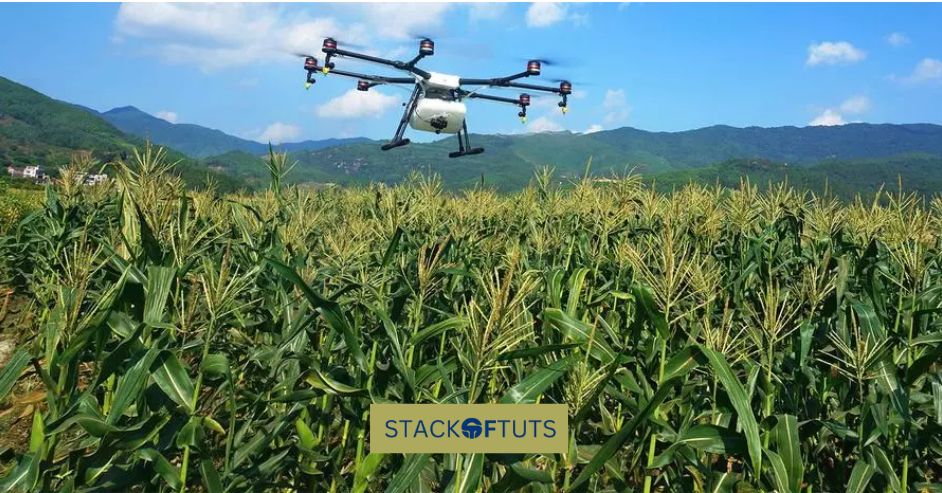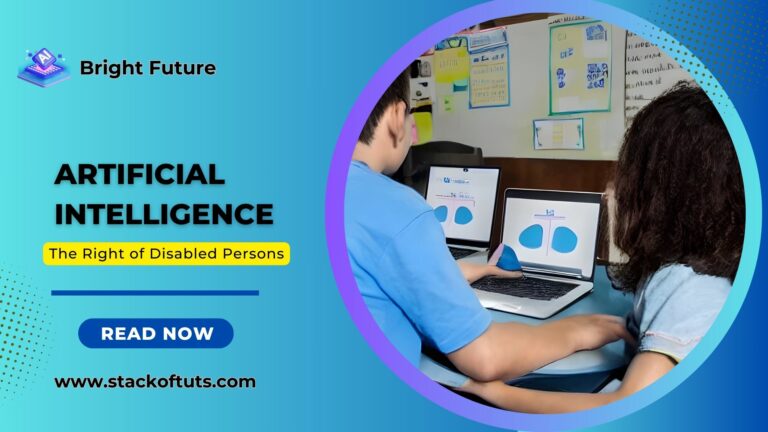
As global populations grow and resources become scarcer, the pressure on the agricultural sector to produce more with less is immense. Traditional farming methods, while effective, may not meet the increasing demand. Enter smart agriculture using artificial intelligence. By leveraging AI, farmers and agricultural companies can optimize their operations, yielding more significant results with fewer inputs. This article delves deep into the world of smart agriculture using artificial intelligence, exploring how AI is reshaping the farming landscape.
For a complete guide also read about Artificial intelligence used in Agriculture dive into this link for exclusive insights and captivating discoveries!
What is smart agriculture?
Smart agriculture refers to the integration of modern technologies and methods, such as sensors, IoT devices, drones, and data analytics, into traditional farming practices. It aims to enhance agricultural productivity, efficiency, and sustainability through better decision-making and optimized use of resources.
What are the benefits of smart agriculture using artificial intelligence?
1). Precision farming with AI

Precision farming involves using AI algorithms and data analytics to optimize crop yields. By analyzing data from various sources, like satellite imagery and sensors placed in fields, AI can make accurate predictions about the health of crops and soil.
Benefits:
- Reduction in the use of fertilizers and pesticides, thereby saving costs and reducing environmental impact.
- Precise planting strategies lead to increased yields.
2). AI-Powered Drones in Agriculture

Using drones equipped with AI and high-resolution cameras, farmers can monitor large areas of their farms from the skies. These drones can recognize patterns related to plant health, pest infestations, and other vital factors.
Benefits:
- Efficient monitoring of vast areas in a short time
- Early detection of issues like diseases leads to timely interventions.
3). Automated Irrigation Systems

Smart agriculture using artificial intelligence extends to watering systems as well. AI-powered irrigation systems use sensors to determine the moisture levels in the soil and then determine the optimal amount of water required.
Benefits:
- Significant water conservation.
- Ensuring plants get the right amount of water at the right time
4). Predictive Analytics for Crop Diseases

Using AI algorithms, predictive analytics can forecast potential disease outbreaks or pest infestations. This prediction is based on various data points, including weather forecasts, historical data, and patterns detected in fields.
Benefits:
- Early detection and treatment, preventing large-scale damage.
- Savings on crop protection chemicals as they’re used proactively
5). Robotics in Harvesting and Planting

Robotic systems, powered by smart agriculture using artificial intelligence, are increasingly used in tasks like picking fruits or planting seeds. These robots are designed to be gentle yet efficient, ensuring minimal damage.
Benefits:
- Speeding up the harvesting process.
- Reducing the need for manual labor, which can be scarce during peak seasons.
Major Challenges of Implementing AI in Smart Agriculture
- High Costs: The initial investment required for AI-driven systems, from sensors to drones, can be prohibitive, especially for small-scale farmers.
- Technical Expertise: The use and maintenance of AI solutions demand specific technical knowledge, which many in the agricultural sector might not possess.
- Infrastructure Limitations: Many agricultural regions may lack essentials like high-speed internet or consistent electricity, both crucial for operating AI systems effectively.
- Dependence on Technology: Over-reliance on AI might make farms vulnerable to technical glitches or cyberattacks.
FAQs
Investing in AI for agriculture can have varying ROIs depending on the specific technology and its application. However, many farmers find that increased yield, efficiency, and reduced waste lead to positive returns over time.
Data privacy and security are paramount. Most AI systems employ encryption and robust cybersecurity protocols to protect the data. It’s essential to choose platforms that prioritize data protection and comply with local regulations.
Yes. AI solutions are designed to be adaptable. By training the AI models on diverse datasets from various crops and climates, these systems can be tailored to specific agricultural needs.
AI in agriculture is a tool meant to complement human labor, not replace it. While certain repetitive tasks may be automated, the human touch, expertise, and decision-making remain irreplaceable. The emphasis is on using AI to assist farmers and workers, not supplant them.
Conclusion
Smart agriculture using artificial intelligence isn’t just a buzzword; it’s the future of farming. By integrating AI into various aspects of farming, from planting to harvesting, the agricultural sector stands to gain immensely. Efficiency, sustainability, and profitability are just some of the benefits of this integration. As technology advances, one can only imagine the further enhancements AI will bring to this age-old profession, ensuring food security for generations to come.
Thanks!





